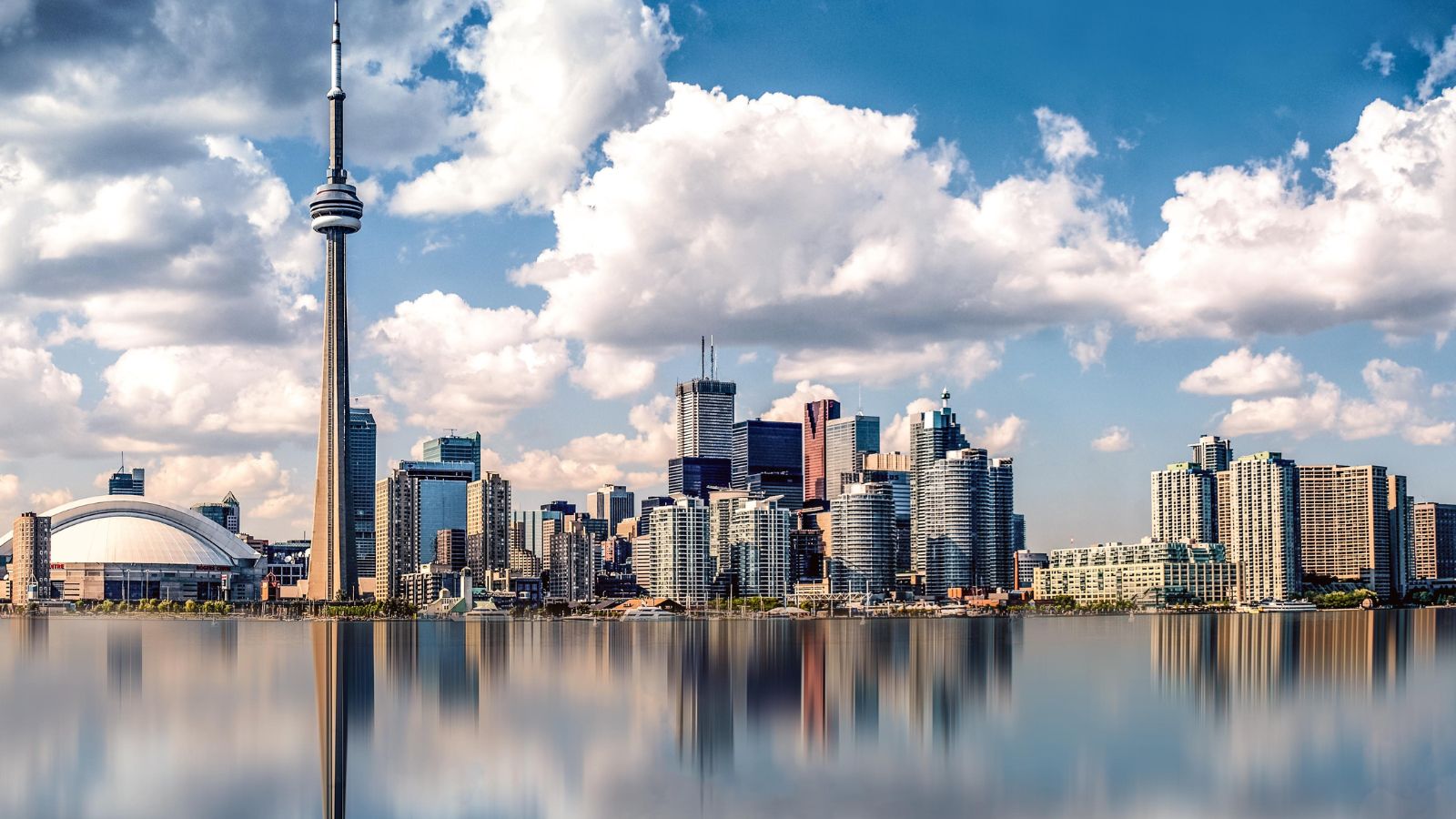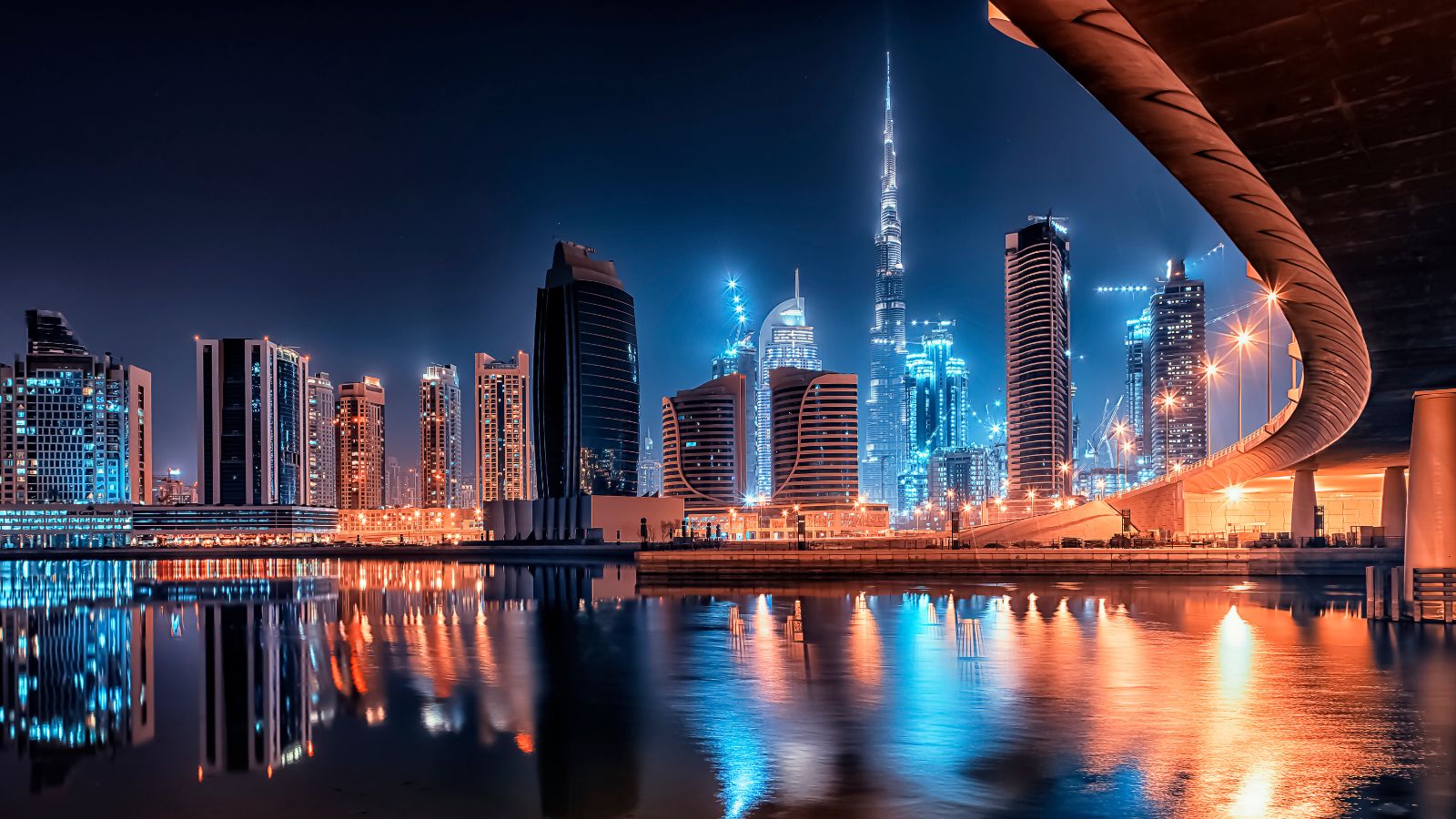Ever marvel at the captivating allure of cityscapes? Whether it’s the towering skyscrapers, the bustling streets, or the serene parks, city pictures have a unique way of capturing our imagination. They tell stories of progress, culture, and diversity, all encapsulated in a single frame.
In this piece, we’ll delve into the world of city pictures, exploring the artistry and technique behind these stunning visuals. We’ll also discuss why these images have such profound effects on us, transforming our perceptions and evoking deep emotions. So, get ready to embark on an urban exploration like no other, right from the comfort of your own home.
City Pictuers
City pictures, telling tales of progress, culture, and diversity, possess a unique charm. This section further delves into how these captivating visuals evolved over the centuries, transforming along with advancements in technology and society.
From Paintings to Photography
City pictures initially found their expression through paintings. Artists, using their canvas as a playground, immortalised cityscapes rich in colour and life. Landmark structures such as towering cathedrals, sprawling markets, and cobblestone streets, served as the major focus points of these early urban portrayals.
By the mid-19th century, as science rapidly progressed, photography entered the scene. It offered a more accurate and nuanced mode of capturing city life. Photography enabled real-time documentation of urban transformation, opening new windows into the evolving social fabric. The introduction of photojournalism in the 20th century revolutionised this domain, capturing significant historical events like wars, protests, and parades in city streets. For instance, Robert Capa’s war photographs brought alive the Battle of Normandy to the global audience.
 The Impact of City Pictures on Urban Development
The Impact of City Pictures on Urban Development
City pictures, with their ability to tell compelling stories of urban progress and diversity, have had a significant impact on urban development. This influence can be further explored in the context of urban planning and influencing public perception and tourism.
City Pictures in Urban Planning
In the realm of urban planning, city pictures prove instrumental. They capture the precise evolution of an area and provide planners with an in-depth understanding of its layout and development. Consider, for instance, an aerial image of Manhattan from the 1880s contrasted with one taken in the present day. Observers can grasp the considerable transformation — from a lively but low-rise city to an iconic metropolis of soaring skyscrapers and complex infrastructures. Consequently, city pictures offer planners concrete, visual evidence of change over time.
Planning officials often incorporate pictures into their presentations, providing both historical evidence and potential projections of a city’s development trajectory. These serve to inform the public, invite feedback, and spark discourse on development policies. Such conversations, stimulated by city pictures, can catalyst significant urban improvement efforts.
 Key Elements of Captivating City Pictures
Key Elements of Captivating City Pictures
Recounting the urban tales through a visual medium, city pictures thrive on elements that provide them depth and substance. They connect with the viewers, inducing their senses to perceive the depicted cities beyond mere spaces. The plethora of elements contributing to the allure of city pictures include architectural marvels, the tangible pulse of street life, and vistas and skylines, each offering a unique narrative thread to the woven urban tapestry.
Architectural Marvels
City pictures benefit from showcasing a municipality’s architectural wonders. These structures, exemplifying the interweaving of design aesthetics and functionality, offer striking focal points in images. They embody the city’s growth, representing the shifts through various architectural eras – from Gothic cathedrals in Europe to the futuristic skyscrapers of Asia. Capturing the evolving architectural styles, city pictures become a time-lapse-condensed archive highlighting urban metamorphosis.
The Pulse of Street Life
Street life imbues city pictures with a dynamic pulse, illustrating the vibrancy of urban existence. It showcases the human component, a mosaic of daily routines, interactions, and cultural activities. For instance, New York’s busy subway stations echo with narratives of rush-hour hustle, while Rio de Janeiro’s energetic street carnivals colour the lens with celebration. This element encapsulates time and mood, acting as the animated spirit in the concrete urban body.